- Levent, Yeni Sülün Sk. No:13, 34330 Beşiktaş/İstanbul
- +90533 500 92 73
Hair Transplant
Dedicated to leading advancements in hair transplant methods, it provides unparalleled expertise and individualized attention, guaranteeing superior outcomes for those looking to address hair loss.
What is Hair Transplantation?
Hair transplantation is the process of transferring healthy hair follicles from the back and sides of the head to the areas experiencing hair loss. It is a method used to regain lost hair due to baldness and restore the natural appearance of hair.
Unlike the hair on the scalp, donor hairs growing on the back and sides are immune to the harmful effects of dihydrotestosterone, which causes baldness, making them ideal roots for hair transplantation.
The Advances in Hair Transplant Techniques
Hair transplantation has become a significant solution for those battling hair loss, enabling them to restore not only their hair but also their confidence and self-esteem. This procedure involves transferring hair follicles from a hair-rich donor site to balding or thinning recipient areas, promising natural-looking and lasting results. With advancements in technology, techniques like FUE (Follicular Unit Extraction) and FUT (Follicular Unit Transplantation) have improved the effectiveness and comfort of these surgeries. The choice of technique is based on the individual’s specific hair loss condition, lifestyle, and goals, with professional surgeons customizing the treatment to meet each patient’s unique needs.
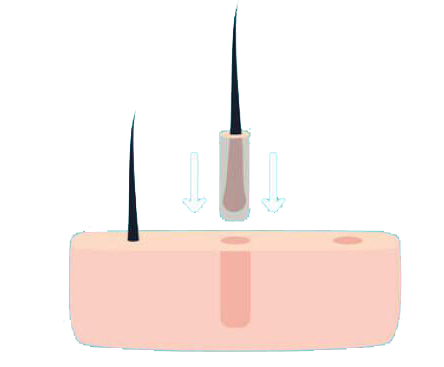
Consultation and Planning
The first step involves a consultation with a hair transplant surgeon to assess the patient's scalp, discuss their expectations, and plan the procedure. This includes determining the hairline design, the number of grafts needed, and the donor areas.
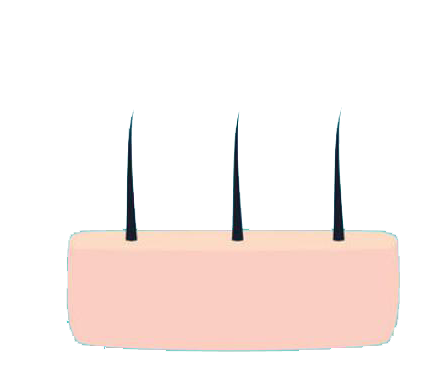
Harvesting Donor Hair
The second step is harvesting donor hair, typically from the back of the scalp, where hair is more resistant to balding. This can be done using the FUE (Follicular Unit Extraction) method, where individual hair follicles are removed one at a time, or the FUT (Follicular Unit Transplantation) method, where a strip of skin is removed and then dissected into individual grafts.
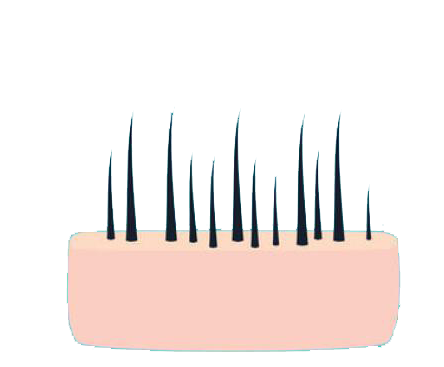
Preparation and Implantation of Grafts
Once the donor hair is harvested, the grafts are prepared under a microscope to ensure they are intact and of good quality. Then, tiny incisions are made in the recipient area, and the hair grafts are carefully implanted, paying attention to the angle and direction of the natural hair growth.
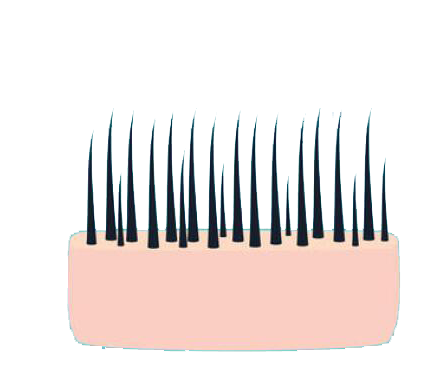
Recovery and Growth
The final step involves the patient going through a recovery phase, where they may experience some swelling, redness, and scabbing. New hair growth can usually be seen within three to four months, with more significant results visible after six to twelve months. Regular follow-ups with the surgeon are essential to monitor progress.
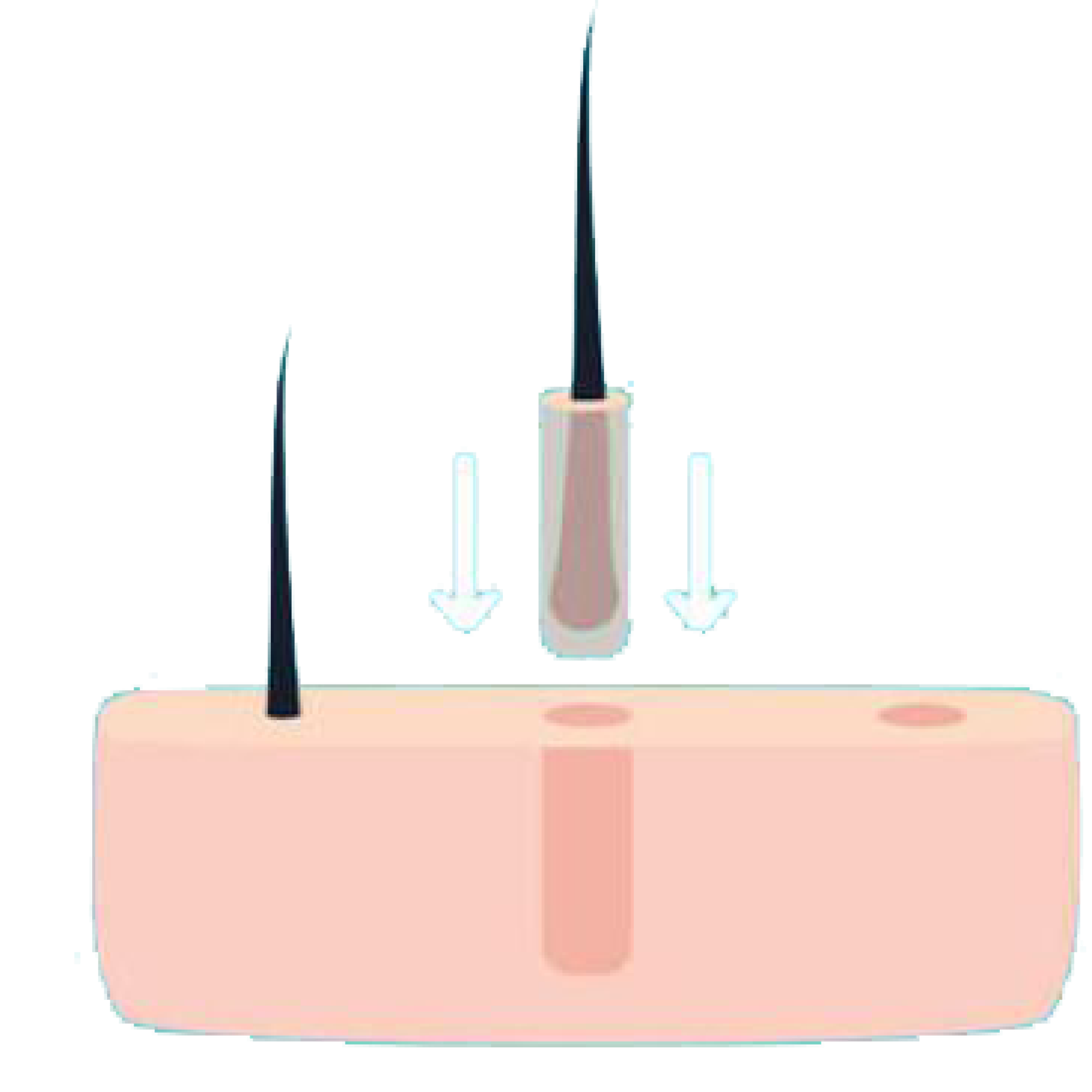
Consultation and Planning
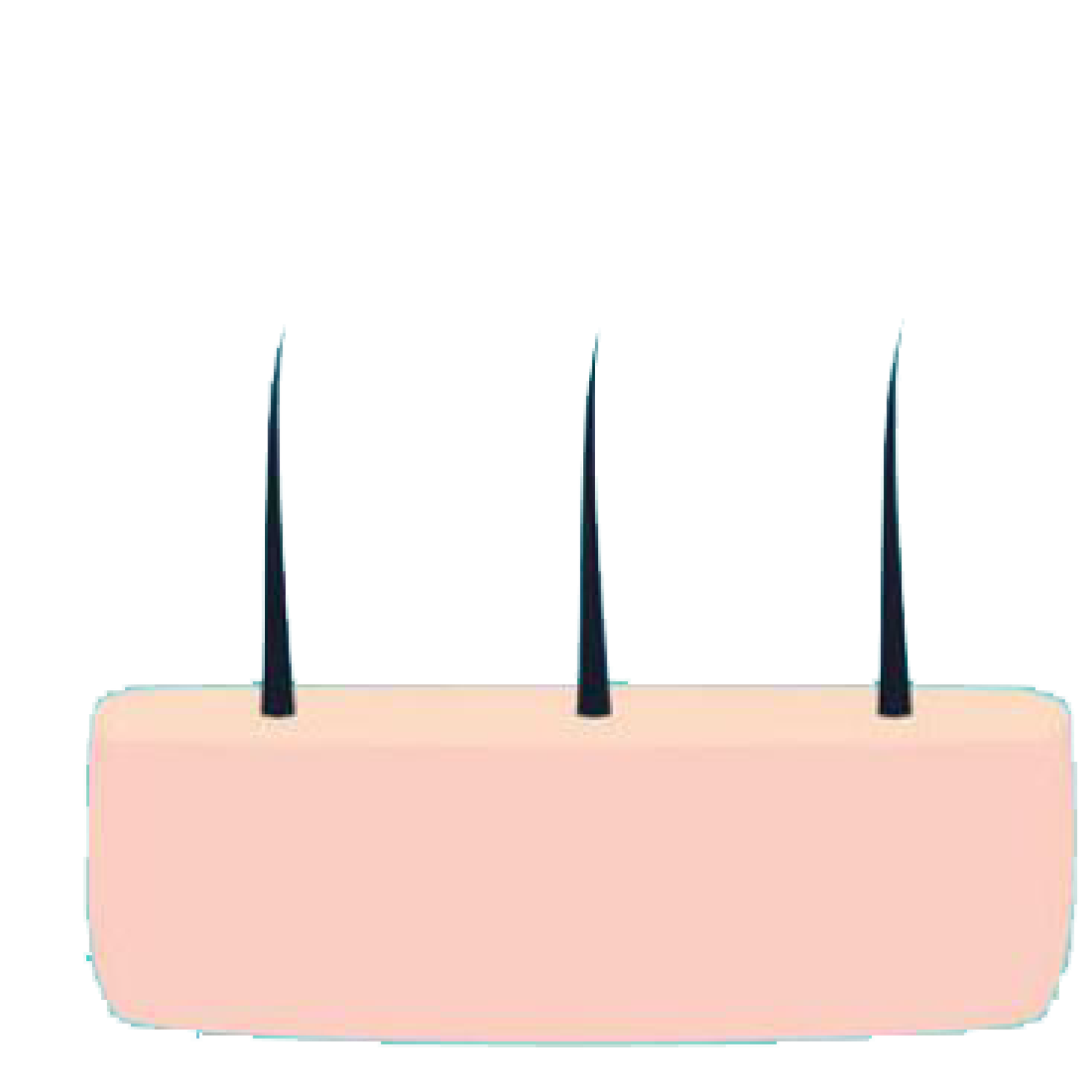
Harvesting Donor Hair

Preparation and Implantation of Grafts
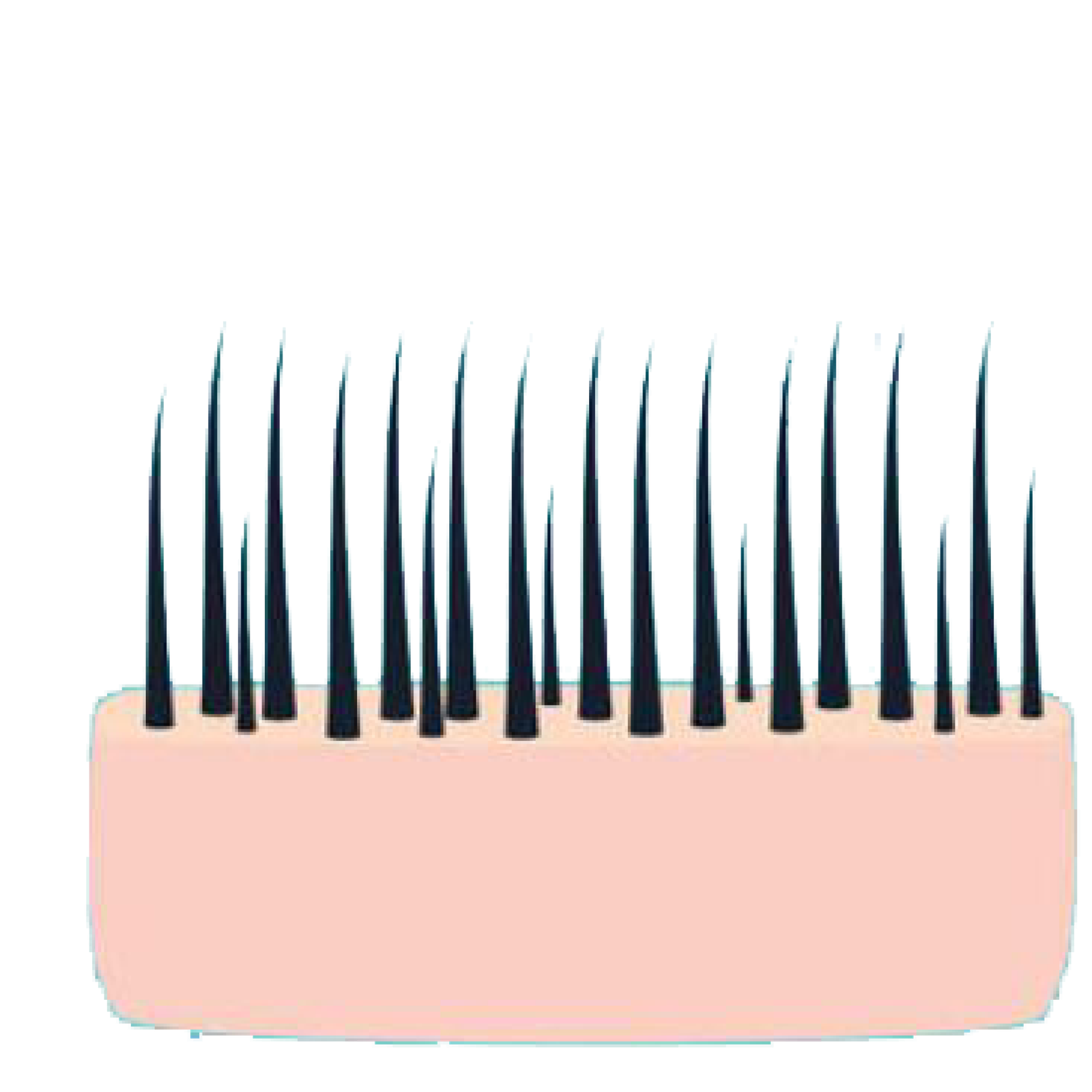
Recovery and Growth
Follicular Unit Extraction Explained:
FUE has become a preferred choice for many due to its less invasive approach. During an FUE hair transplant, the surgeon extracts single hair follicles from the donor region utilizing a precise punch instrument.
This method produces minimal scarring that is hardly noticeable and facilitates a faster healing period in contrast to the FUT technique, which involves removing a skin strip and extracting the follicles from that strip.
Precision-Driven DHI Hair Restoration
Direct Hair Implantation (DHI) represents a refined evolution of the Follicular Unit Extraction (FUE) technique. In DHI, hair follicles are harvested from a donor site and immediately implanted into the target area using a specialized device. This innovative approach bypasses the traditional step of pre-making incisions in the recipient area.
By streamlining the transplantation process, DHI offers enhanced precision and control, significantly improving the graft survival rate. This meticulous technique facilitates a more natural appearance and denser hair growth, establishing DHI as a superior option for those seeking effective hair restoration solutions.
What Does the Procedure Promise?
The primary goal of any hair transplantation procedure is to restore lost hair and achieve fuller hair for a better appearance. These aesthetic expectations serve as a significant motivation for our patients.
Despite being a surgical procedure, new techniques help minimize pain. Hair transplantation techniques continue to evolve rapidly. In recent years, the FUE (Follicular Unit Extraction) technique has gained popularity. This method is easy to perform and often painless, making it quickly adopted by hair transplantation clinics. FUE hair transplantation not only reduces pain and other side effects but also provides excellent results due to the individual implantation of hairs. This technique does not require stitches, which is crucial in pain prevention. While there may be mild discomfort in rare cases after the anesthesia wears off, this can be easily alleviated with pain relievers prescribed by your expert doctor. With a faster recovery process, you can typically return to your daily routine within a few weeks. It may take up to 12 months for the hair to fully grow and achieve the desired results.
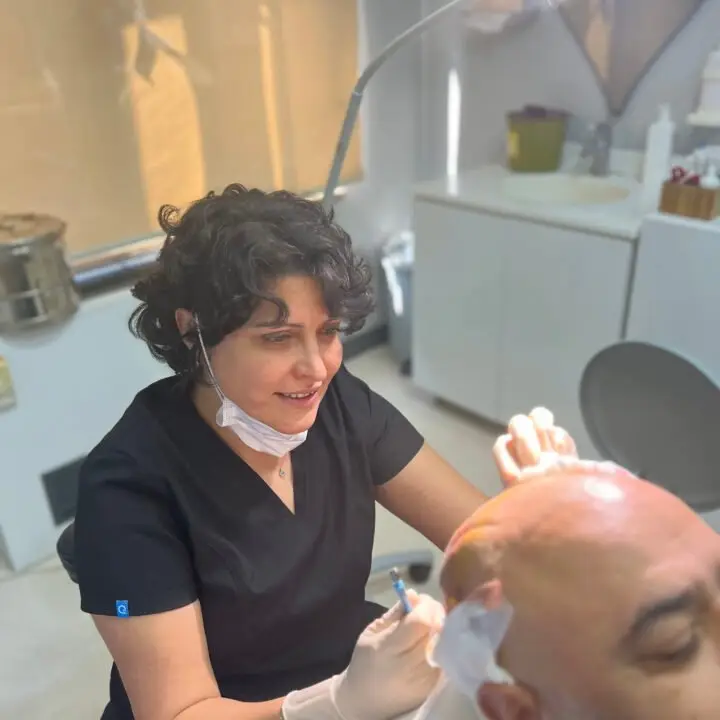

What Does the Procedure Promise?
The primary goal of any hair transplantation procedure is to restore lost hair and achieve fuller hair for a better appearance. These aesthetic expectations serve as a significant motivation for our patients.
Despite being a surgical procedure, new techniques help minimize pain. Hair transplantation techniques continue to evolve rapidly. In recent years, the FUE (Follicular Unit Extraction) technique has gained popularity. This method is easy to perform and often painless, making it quickly adopted by hair transplantation clinics. FUE hair transplantation not only reduces pain and other side effects but also provides excellent results due to the individual implantation of hairs. This technique does not require stitches, which is crucial in pain prevention. While there may be mild discomfort in rare cases after the anesthesia wears off, this can be easily alleviated with pain relievers prescribed by your expert doctor. With a faster recovery process, you can typically return to your daily routine within a few weeks. It may take up to 12 months for the hair to fully grow and achieve the desired results.
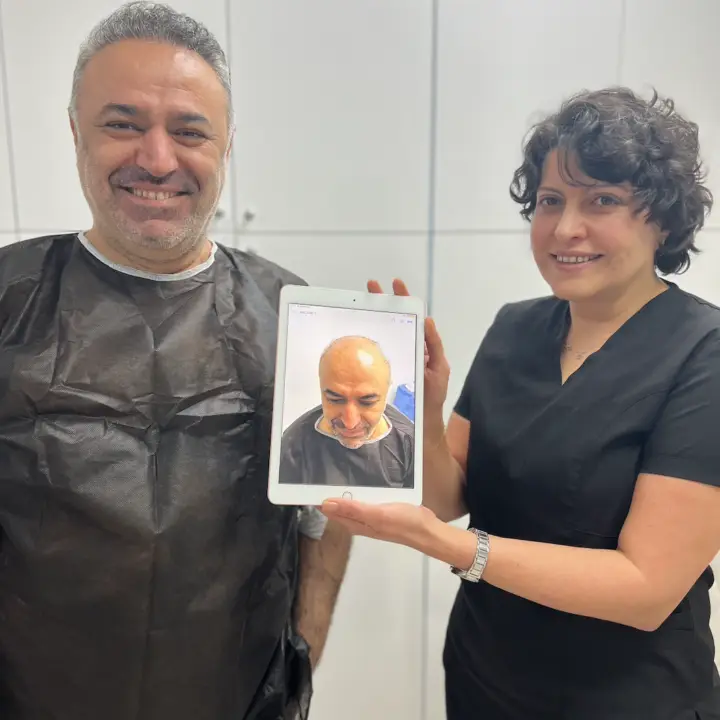
What to Expect After the Procedure?
It is essential to have a clear understanding of what to expect during the recovery process after the hair transplantation procedure. Immediately after the procedure, the scalp may become sensitive, and there may be some swelling and redness in the treated area. These side effects are generally mild and will subside within a few days. Your doctor may recommend pain relievers or over-the-counter options to alleviate any discomfort. Additionally, following the post-operative instructions provided by your surgeon, including avoiding strenuous activities and using plenty of hats or head coverings to protect the treated area, is essential. In the first few weeks, you may experience some shedding of the transplanted hairs; this is a natural part of the process known as “shock loss.” However, you should begin to see new hairs growing in the treated areas within a few months. Understanding realistic expectations and realizing that it may take several months for the final results to fully emerge are crucial. With Jasmedico’s proper care and diligently scheduled follow-up appointments, we guarantee the success of your hair transplantation procedure.
Our Goal is the Quality !
We are committed to delivering exceptional results that not only meet but exceed your expectations. Our state-of-the-art techniques, combined with a team of experienced professionals, ensure that every procedure is performed with the utmost precision and care.
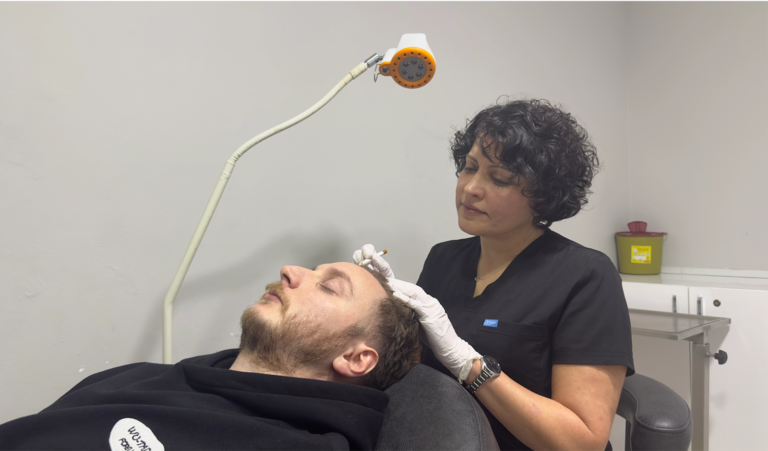
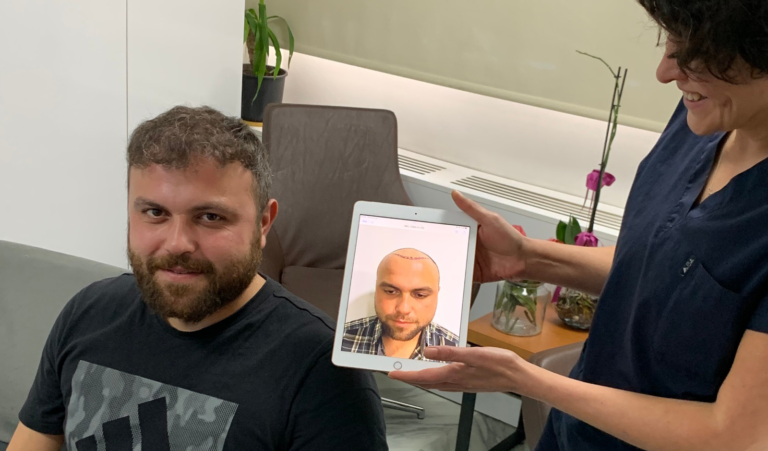
Happy patient
0
+
years of experience
0
+
Hair Growth Rate
0
%
FAQ
Hair transplant surgery can vary in cost depending on several factors, including the surgeon’s experience, the number of grafts needed, and the geographic location of the clinic. It can range from several thousand dollars to tens of thousands of dollars.
This depends on the technique used. FUT (Follicular Unit Transplantation) can leave a linear scar at the donor site, while FUE (Follicular Unit Extraction) leaves minimal scarring, often undetectable with short haircuts.
Hair transplants are typically performed with local anesthesia, so you shouldn’t feel significant pain during the procedure. You might experience some discomfort afterwards, such as soreness or itching, but this can be managed with medication.
Yes, you can continue to lose your natural hair even after a hair transplant. The transplanted hair follicles are typically resistant to further balding, but the surrounding non-transplanted hair may continue to thin. Medications, PRP or additional transplants may be needed to maintain a full head of hair.
You’ll likely see some initial results within a few weeks, with transplanted hair crusting and then shedding. It takes around 3-4 months for new hair growth to begin, and it can take up to 12-18 months to see the final results, as the hair grows to its full length and density.
CONTACT US
Get in Touch
We look forward to assisting you on your journey to hair restoration.
Choose the perfect product for you
- Phone : +44 20 8123 1903
- Phone : +90533 500 92 73
- Email : info@jasmedico.com
- Address : Levent, Yeni Sülün Sk. No:13, 34330 Beşiktaş/İstanbul
- Address : Halil Rıfat Paşa Mah. Yüzer Havuz Sok. Perpa Ticaret Merkezi A Blok No:656 34384 Şişli / İstanbul

